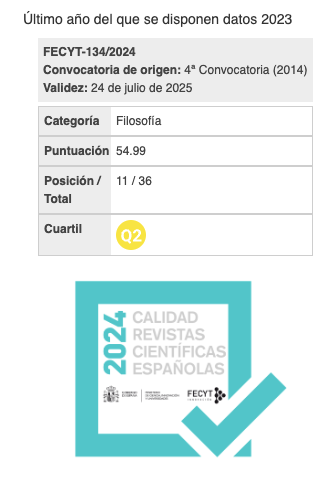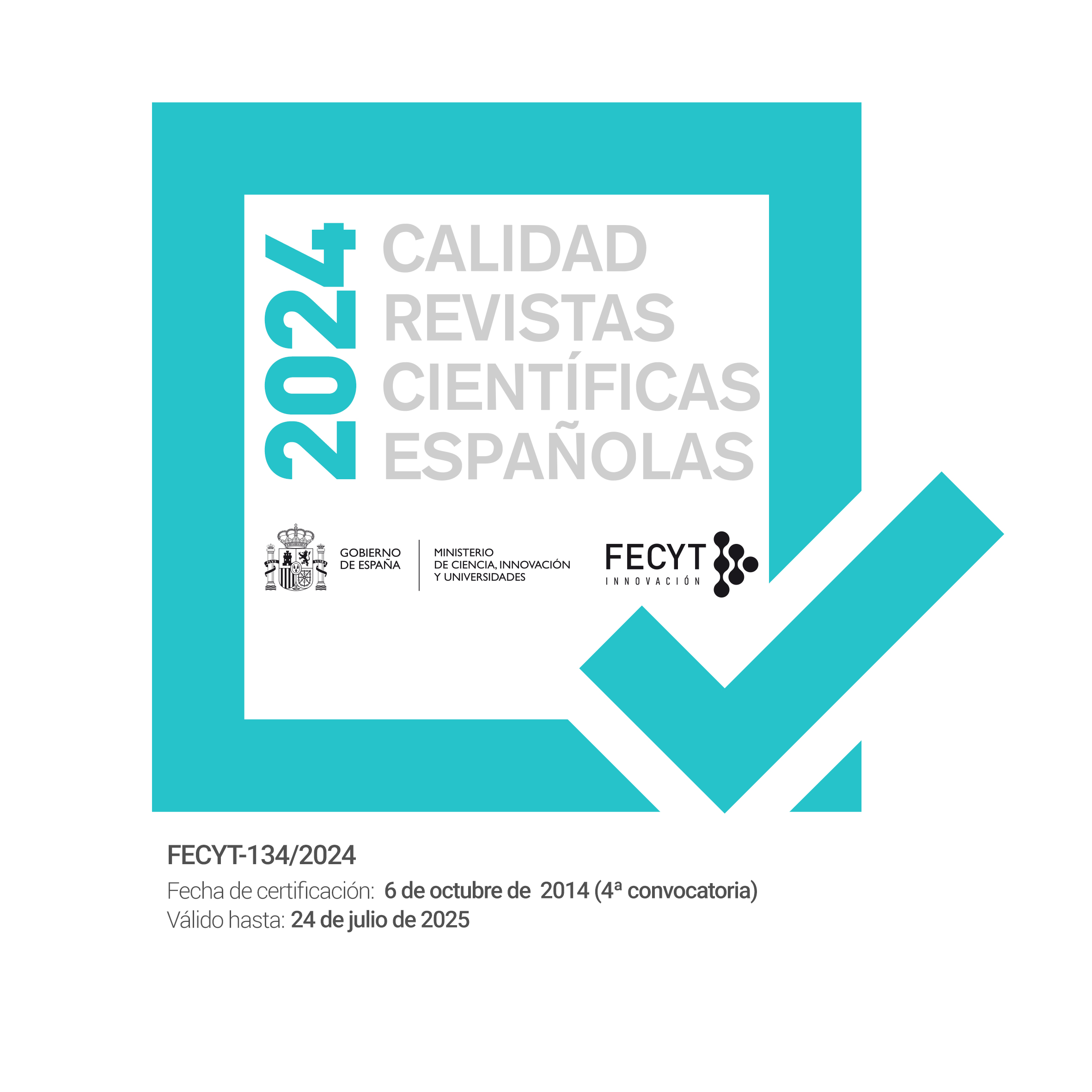CENESTESIA Y CUERPO VIVIDO. ¿POR QUÉ MARCEL ABANDONÓ SUS PRIMERAS FORMULACIONES SOBRE EL CUERPO SUJETO?
Abstract
There is no doubt on Marcel’s contribution to the arousal of the lived body as a new subject in the twentieth century’s philosophy. His influence on Merleau-Ponty and Ricoeur’s developments is decisive. In his earlier formulations, Marcel introduced the notion of body-subject as identical with the body such as it is felt in coenaesthesic perception and in opposition to the body such as it is felt in external perception. And most of his scholars have followed the same path. Against this approach, the paper explains through historical as well as systematic reasons, coming from phenomenology and also from Wittgensteinian philosophy of mind, why Marcel should give up the concept of «coenaesthesia» and why this way of approaching the body subject is a cul-de-sac. The remotion of the idea of coenaesthesia makes Marcel’s analyses on lived body clearer and more fruitful.Downloads
Las obras que se publican en esta revista están sujetas a los siguientes términos:
1. El Servicio de Publicaciones de la Universidad de Murcia (la editorial) conserva los derechos patrimoniales (copyright) de las obras publicadas, y favorece y permite la reutilización de las mismas bajo la licencia de uso indicada en el punto 2.
2. Las obras se publican en la edición electrónica de la revista bajo una licencia Creative Commons Reconocimiento-NoComercial-SinObraDerivada 3.0 España (texto legal). Se pueden copiar, usar, difundir, transmitir y exponer públicamente, siempre que: i) se cite la autoría y la fuente original de su publicación (revista, editorial y URL de la obra); ii) no se usen para fines comerciales; iii) se mencione la existencia y especificaciones de esta licencia de uso.
3. Condiciones de auto-archivo. Se permite y se anima a los autores a difundir electrónicamente las versiones pre-print (versión antes de ser evaluada) y/o post-print (versión evaluada y aceptada para su publicación) de sus obras antes de su publicación, ya que favorece su circulación y difusión más temprana y con ello un posible aumento en su citación y alcance entre la comunidad académica. Color RoMEO: verde.













